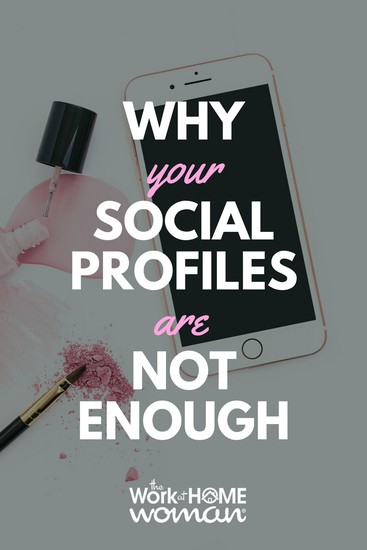Sadly, many have abandoned email marketing in recent years because it takes a little more time and testing than clicking a Facebook share button. It is unfortunate in that many of those who rely solely on social media have suffered the consequences of ever-changing algorithms and loss of reach on their favorite platforms – over 74% of Facebook status updates go unseen.
There are no games with email. There is no staleness factor. An email doesn’t disappear from the recipient’s newsfeed after a specified period. It sits there and waits to be acted upon. So why aren’t today’s bloggers and business owners embracing email marketing?
There are some reasons many are apprehensive about incorporating an email newsletter. They range from the simplicity of social media mentioned above to worries about the cost to being unsure of how email differs from options like RSS.
Let’s discuss a few of those worries in detail.
Newsletters Take Time and Energy
More of today’s quality newsletter providers offer a broadcast feature. This can be set up to email your subscribers automatically when you have new content available. This option allows your newsletters to be sent on autopilot the majority of the time. You can jump in and create dedicated emails for special news or offers.
RSS Is Enough, Isn’t It?
A simple RSS service will notify your readers of new content as mentioned above, but it does not usually include a few key functions like the ability to include information that isn’t published on your blog (ex., Subscriber-only specials, site news, etc.) You also lose the social and community aspect of RSS. Your newsletter subscribers can reply back with questions or feedback. You can include a survey in your newsletter. Some affiliate programs also offer email-only campaigns that cannot be posted publicly. And if your RSS service closes, what happens to those subscribers? You may not be able to take that list with you.
Newsletter Services are Expensive
If you are just starting out, you can likely get by for quite some time with a free account with Constant Contact, ConvertKit, or MailChimp. You will need to thoroughly read through the Terms of Service to ensure you meet the requirements for a free account and understand the policy for sending links (some do not allow affiliate links to be sent with free accounts). As your subscriber list grows, you can upgrade to a paid service with one of these companies or move your subscribers (they are *your* subscribers) to a service like ConvertKit, GetResponse, or Infusionsoft.
How Do I Choose a Newsletter Provider?
You can’t simply start writing down emails from around the ‘net and sending updates about your blog. There are CAN-SPAM laws in place that require certain things like permission must be followed. One of the best ways to ensure you are compliant is by employing the use of a newsletter provider like Constant Contact or ConvertKit. But what should you like for when choosing a provider?
What Are the Costs?
If you are a beginning blogger, some providers may be out of reach. This is an in-demand service and is often priced accordingly. There are many affordable options, however. MailChimp, ConvertKit, and Constant Contact are trusted services that have free accounts available to beginners. Also, consider how quickly you plan to grow your list and the costs associated with those premium accounts.
Is It Newbie-Friendly?
Creating newsletters in years past required a lot of skill and patience. That is no longer the case. Many newsletter services now offer predesigned or “drag and drop” templates and opt-in box creators. This will allow you to have your new newsletter up and running in a matter of minutes.
Can I Import an Existing List?
While you may be starting from scratch, there are certain times you may need or want to import existing subscribers. When switching services is one case. If you have been using an RSS service like Feedburner, you may be able to take some of those subscribers with you to your new newsletter home.
Is Social Media Functionality Included?
While social media has its drawbacks, you shouldn’t abandon it. Many providers now offer social media integration. You and your subscribers can share your newsletters with the click of a button. You can also promote your profiles within your emails.
Are Analytics Provided?
One of the most important features of a quality service is analytics. These stats will allow you to see how many people are opening your emails and clicking through your included links. This information will help you create better newsletters and blog posts.
What Type of Customer Service is Available?
We all need help from time to time. Especially with free services, there may be restrictions on customer service. Help may only be available by email or during certain hours. Many paid services offer around-the-clock help by phone, email, or chat.
What’s the Fine Print?
Again, with free accounts, you may have additional rules. Some services restrict the industries or links that may be shared via email. Read through those terms of service carefully.
If your main objective online is to create a loyal brand following, generate an income from your blog and increase awareness, it is essential you embrace email marketing. With those worries out of the way, what do you have to lose?








Leave a Comment